
views
window._taboola = window._taboola || [];_taboola.push({mode: 'thumbnails-a', container: 'taboola-below-article-thumbnails', placement: 'Below Article Thumbnails', target_type: 'mix' });Latest News
There are some facts that the concise History textbooks forget to pass on. Some details that teachers miss to teach, some we leave out, and some that google can fail to reveal. If you decide to walk into the Museum auditorium to take a look at the Archaeological Survey of India’s photo exhibition you might revive your love for history or your love for places - not urban, but archaic and raw.
The seven-feet-tall flexes sorted according to the name of countries, explained in brief the pictures displayed and the work done by ASI. The exhibition focused on work done by ASI outside India. The work done by our archaeological department in foreign countries revealed the intertwining links between civilizations.
The exhibition begins with sculptures of Buddha excavated and redone at Bamiyan, Afghanistan. A couple of paintings of Buddha are also displayed, which are in the before-after format. The after pictures show ASI’s contribution in preserving historical remains.
Maybe it was the afternoon heat, but the crowd was thin. As we glimpsed through the Bhutan section, most pictures showed paintings with cracks, some with watermarks and mud on them. What stood out were the pictures of the Hamad town in Bahrain. When excavated, the place was found to be a graveyard.
The people there had four types of burial and the pictures show the burial grounds and the fossils found from the site.
Pieces of pottery, terracotta figures, beads, metal coins and ivory objects found from Nepal depicted the urban life that existed centuries back at the same place. The picture of ring wells might intrigue you beyond words.
Sixty percent of the exhibition comprised pictures of various temples. Temples here have more than just a religious connotation; they are places of complex architecture, unheard customs and are reminiscences of a mysterious era.
The surrounding forest is probably what makes the temple at Kodan village unique. In 2010, ASI went to Vietnam and helped redo what is called as ‘My Son group of temples’. The temples there maintained a uniform structure. They all had a ‘Kalam’ to house the deity, a ‘mandapa’, a ‘kosgrha’ and a ‘gopura’.
The exhibition is on till August 28. If you get hooked to history after the photo trip, you can also choose to purchase a few books from the stall at the exhibition hall.












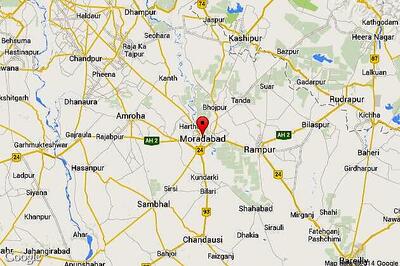

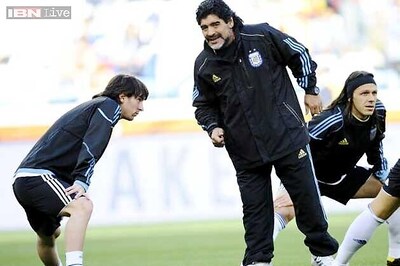
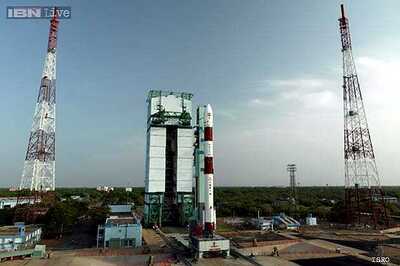
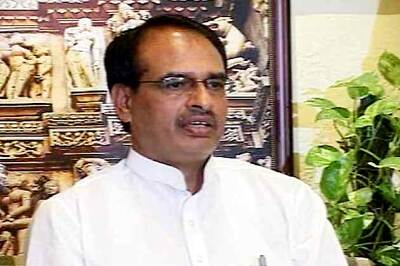

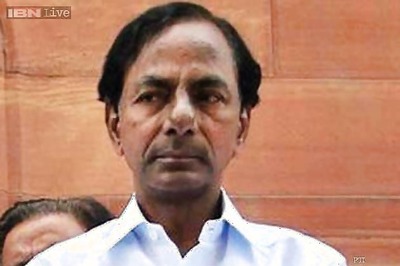
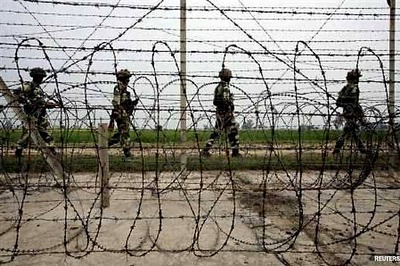
Comments
0 comment